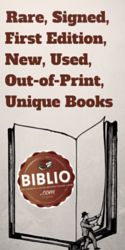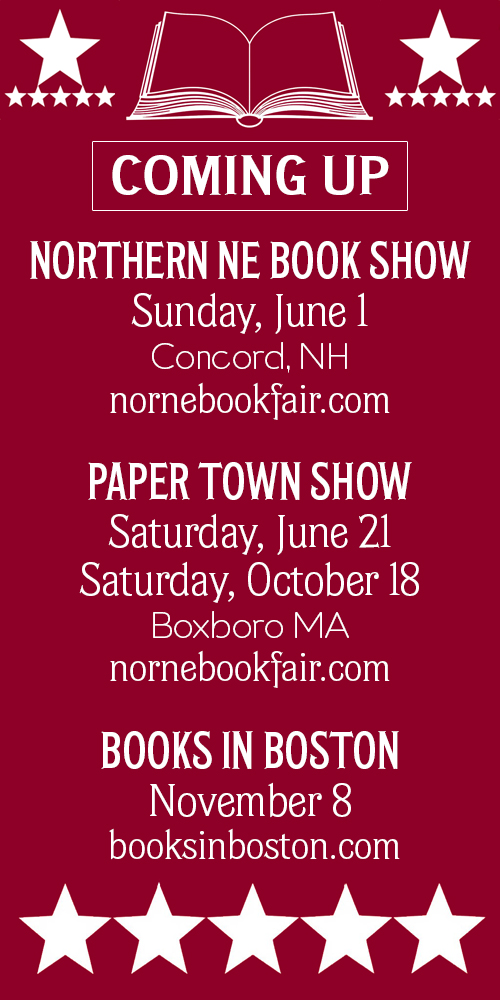Of Royals and Royalties
So, the new princeling is to be called George. My little grand-daughter, born a few months before him, is called Charlotte. Ha! No mere coincidence, I think. As the House of Windsor very well knows, the last royal couple bearing the names George and Charlotte were King George III (of England and America) and his German wife, Queen Charlotte (Princess of Mecklenburg). They were married in 1761, and bred no fewer than fifteen children. Clearly Buckingham Palace has my Charlotte in their sights.
But let me put this on public record: no grandaughter of mine is ever going to become a brood mare to the House of Windsor. And be put out to grass when they have done with her.
This is not new territory for me. The British Royal Family and I go back a long way. Our paths first crossed almost exactly sixty years ago. The Queen, after her coronation in London, came to Edinburgh to receive the acclaim of her FRISPS. (This useful acronym I acquired from my brother Nicholas who served her Majesty as an officer in the Royal Navy: it stands for “Fucking Repulsive Ignorant Scottish Peasants”). We all stood on the streets, cheered and waved our Union Jacks, as the royal cavalcade clattered and jingled by. An elegantly gloved hand, inside the splendid gold coach, acknowledged our loyal acclaim. God save the Queen! Long may she reign over us! Clearly Her Majesty took our “long” seriously: sixty-one years later she is still going strong.
I was about three-and-a-half at this first meeting. Correction: I was exactly three years, five months and two days old at this first meeting. I know, because I just googled to find out the date: 23 June 1953. And the Princess Anne, Queen Elizabeth’s daughter, was just seven months younger than me. It was obvious to me, early on, that I would make an ideal husband for the princess. Buckingham Palace clearly thought so too. In 1964, the Queen cunningly despatched her young and nubile daughter to Kent, for my approval. Princess Anne went to Benenden School where my sister was already a pupil and which is situated only a few miles from my parents’ home. But the plot failed. Far from approving of the Princess Anne, I found myself smitten by another princess at Benenden School, a grand-daughter of the Emperor Haile Selassie of Ethiopia. But that is another story.
There is no chance that I will become Prince George’s grandfather-in-law and almost no chance that I will live to see him crowned as King George VII. He joins the log-jam of heirs to the British throne. Grandfather Charles and father William are already lined up in front of him, waiting their turn to become king. They may have to wait a lot longer yet. The queen could easily live for another ten, or twenty, years. The question is: why will she not retire? Queen Beatrix of the Netherlands, and Pope Benedict XVI have shown the way this year: there is no dishonor or dereliction of duty in handing over your throne and your office to the next generation.
But what can we know of the Queen's intimate thoughts and inner life? We can only speculate or imagine. As Alan Bennett has imagined and speculated in his wonderful book “The Uncommon Reader” (Faber 2007). (Savor this title, with its literary resonance!) Alan Bennett tells the story of the Queen dicovering, late in life, the joys of literature. She becomes an avid reader: her love of dogs, horses, hunting, shooting and fishing is supplanted by a love of books. The Duke is not amused: “Reading is for poufs and pinkos.” It's a fairy tale of course. But a delightful fantasy, which I heartily recommend. I have the feeling too, that it would make Her Majesty smile. The last I heard, Alan Bennett is still at large and has not yet been proclaimed a traitor and thrown into the dungeons of the Tower of London.
This book has been translated into German, with the title “Die Souveraene Leserin” (Berlin 2010). I have Simone’s copy here in front of me. She is no royal-watcher, but many Germans, despite living in this exemplary republic, have a lively interest in the British royal family. No wonder. There is plenty of German blood flowing in the veins of the House of Windsor. It began when George, great- grandson of James I, was shipped over from Hanover in 1714 to be installed on the British throne as King George I: thereafter German princes and princesses were regularly imported into Britain and married into the royal family. Most notable of these was Albert of Saxe-Coburg-Gotha, who married Queen Victoria in 1840, and begat numerous royal offspring, who were then re-exported back to Europe. One of these, Princess Victoria, married Kaiser Frederick III and was the mother of the third German emperor, Kaiser Wilhelm II. The Kaiser, at the end of the First World War, went into exile in the Netherlands but his family, the Hohenzollerns, still flourish in Germany. I see them quite often when Simone and I visit Simone's daughter, Susanna, who lives in Sigmaringen. The picturesque castle of the Hohenzollerns dominates this small town, situated on the upper Danube: and the Prince (“der Fuerst”) has, so I am told, a wonderful library.
The Royal Family too has several wonderful libraries and is not completely unbookish. There is no one as intellectual, certainly, as their distant predecessor, King Alfred the Great, who was a remarkable scholar and who, in the 9th Century, translated, inter alia, Boethius's “Consolations of Philosophy” from Latin into Anglo-Saxon. But Prince Charles shows promise. He is almost certainly a keen reader and he has written several books. One is a children's book “The Old Man of Lochnagar” published in 1980 by Hamish Hamilton. I once sold some remaindered copies and recall that the story was about an old man who lived in a cave by a loch, which featured underwater haggis. And there were small green men, and interesting animals and plants, doing unusual things. Not a bad effort at all, and (I think) illustrated by the prince himself. His watercolor paintings (78 of them) feature in a handsome book called “The Watercolors of Prince Charles” (Little Brown 1991) and he has also written a book about his garden in Gloucestershire “The Garden at Highgrove” (Weidenfeld and Nicolson 2003). Prince Charles and I were contemporaries at Cambridge University. I even saw him perform in a student revue, in which he did a comedy sketch playing his cello. Curiously, given his family's interest in me and his sister, he never sought my friendship. But I remain rather impressed by him, not so much as a prince, but as a human being.
I cannot say the same about his great-uncle, the Duke of Windsor, who also wrote a book: “A King's Story” (Cassell 1951) which tells, amongst other things, of his abdication, his marriage to, and his life with, Wallis Simpson. No doubt there are other books by members of the British royal family published last century. Certainly none of them have exceeded in popularity the books written by Queen Victoria in the century before. “Leaves from the Journal of Our Life in the Highlands 1848-1861” (Smith Elder 1868) was followed by “More Leaves from the Journal of a Life in the Highlands 1862-1882” (Smith Elder 1884). Note the change in the titles: “Our Life” becomes “A Life” in the second volume. Not because the Queen had relinquished her grip on the royal plural (“We are not amused”) but because her husband Albert had died in 1861, and she was left alone. Or was she? The gossip went about that she became romantically attached to her Scottish ghillie, John Brown. I have searched the relevant pages of “The News of the World” for confirmation of this tittle-tattle: but there is none. How wonderful it would be if the present queen of England, perhaps posthumously, were to lay her heart and soul bare in a published edition of her private journals.
Meanwhile I prepare myself for an official meeting with the Queen Mother. My mother turns 90 in a few weeks, and her family and retainers will assemble at court, Spilsill Court, to celebrate the occasion. A report will follow. And in the interim I will perhaps ponder this question: why are the payments made to authors, in proportion to the sales of their books, called “royalties”?
Anthony Marshall, is a retired secondhand bookseller now living in Germany. He is a member of the Australian and New Zealand Association of Antiquarian Booksellers, a past member of the Provincial Booksellers Fairs Association in England, where for ten years he ran the County Bookshop in Oakham, Rutland, and former owner of Alice's Bookshop in Melbourne, Australia. This bookstore was co-founded in 1986 by Keith Richmond, now co-owner of Weiser Antiquarian Books, York Beach, Maine and author of several books including "Wanderings in Lower Dolpo" (Francestown, NH 1998), a search for traces of the Bon religion practised in this part of the Himalayas. Mr. Marshall has contributed many articles to book magazines, all of which with the exception of "Book Source Magazine” are now defunct. Some of these articles reappear in his two books: “Trafficking in Old Books” (Lost Domain, Melbourne 1998) and "Fossicking for Old Books” (Bread Street Press, Melbourne 2004).


























